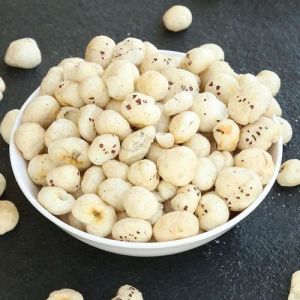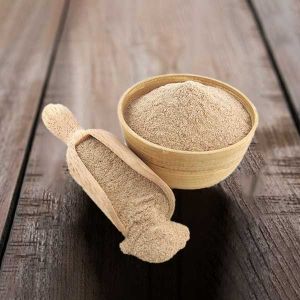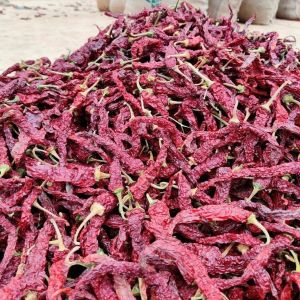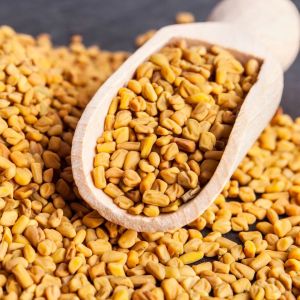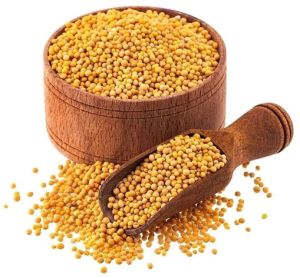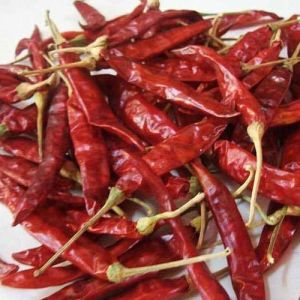nitin@vertexusglobal.com - GST NO. : 19ABAFV5939N1ZD
- Send Email
| Business Type | Exporter, Supplier, Trader |
| Color | Green |
| Form | Powder |
| Grade | Food Grade |
| Click to view more | |
Product Details
Moringa oleifera (M. oleifera), the “miracle tree”, thrives globally in almost all tropical and subtropical regions, but it is believed to be native to Afghanistan, Bangladesh, India, and Pakistan. They are an exceptionally good source of provitamin A, vitamins B and C, minerals (particularly Iron) and sulphur containing amino acids methionine and cysteine. It is commonly said that moringa leaves contain more Vitamin A than carrots, more calcium than milk, more iron than spinach, more Vitamin C than oranges, and more potassium than bananas,” and that the protein quality of Moringa leaves rivals that of milk and eggs. However, the leaves and stem of M. oleifera are known to have large amounts of their calcium bound in calcium oxalate crystals. Dried leaves have an oleic acid content of about 70%, which makes them suitable for making moisturizers.
Moringa’s peppery leaves are often eaten as a vegetable. They’re also dried and ground into a powder used in soups and curries. They have iron, potassium, and calcium. The leaves also have nine essential amino acids, and vitamins A, B, and C. They’re full of protein and can be used as a substitute for meat, fish, and eggs. Moringa leaves have been used to help treat malaria, arthritis, skin diseases, and diabetes.
Applications:
- Nutritional Support: Rich in vitamins, minerals, and antioxidants, they help fight free radicals, strengthen bones, and combat anemia.
- Blood Sugar Control: Insulin-like proteins and plant chemicals in moringa may help lower blood sugar levels and improve how the body processes sugar, aiding diabetic patients.
- Anti-inflammatory & Antioxidant: Extracts may reduce inflammation and the effects of stress and inflammation in the brain, potentially helping with conditions like rheumatoid arthritis.
- Wound Healing: Traditional uses include applying leaves to promote wound healing.
- Cosmetics: Moringa oil, extracted from seeds, is used in moisturizers and conditioners due to its moisturizing and antioxidant properties.
- Water Purification: The seeds of the moringa plant contain proteins with coagulation properties and are used in some areas to purify water.
- Biodiesel: Moringa oil's chemical composition makes it a potential feedstock for producing environmentally friendly lubricants and biodiesel.




